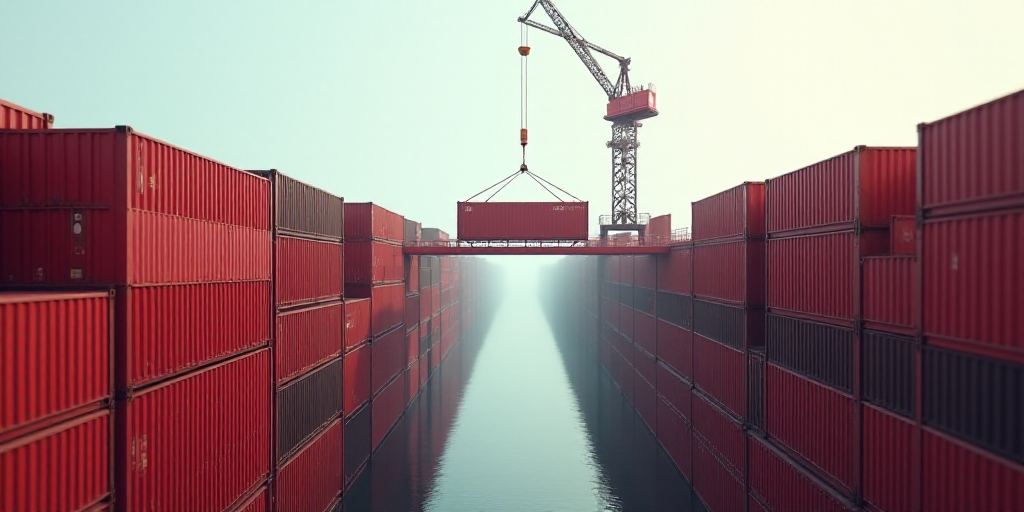Overview and Relevance
Mexico has announced the implementation of new tariffs ranging from 10% to 50%, targeting 16.8% of the total different products it imports from countries without existing free trade agreements (FTAs). This decision, outlined in a decree signed by President Claudia Sheinbaum, aims to provide fair market conditions and support for vulnerable domestic industries affected by international trade distortions.
Scope of Tariffs
The tariffs will apply to 1,371 customs items across various sectors, including automotive, textile, clothing, plastics, steel, home appliances, aluminum, toys, furniture, footwear, leather goods, paper and cardboard, motorcycles, trailers, glass, among others. These tariffs are based on the 8,177 customs items in Mexico’s Tariff of the General Customs Duties Law for Imports and Exports (TIGIE).
Understanding Customs Items
A customs item, or fraction arancelaria, is a numerical code that classifies goods for international trade purposes. It determines the applicable tariffs, taxes, and regulations for a specific product.
Implementation Details
The new tariffs will enter into force 30 days after publication in the Federal Register (DOF) and will remain effective until December 31, 2026.
Rationale Behind the Tariffs
President Sheinbaum explained that the initiative aims to offer market certainty and fair conditions for domestic industries facing vulnerabilities due to trade-altering practices. This move is expected to foster national industry development and support the domestic market.
Targeted Countries
Tariffs will be imposed on products imported from any country adhering to the World Trade Organization (WTO) without a specific trade agreement with Mexico related to each product.
Historical Context
The decree highlights that Mexico’s economy has long been integrated into global value chains favoring the import of raw materials, leading to the loss of essential productive branches and increased vulnerability to external shocks.
Objectives of the Tariff Reform
- Protecting Employment: The reform aims to safeguard jobs and strengthen the labor market by increasing national company participation in supply chains, leading to better-paying and stable jobs.
- Correcting Trade Distortions: The tariffs will ensure fair competition conditions for domestic producers against unfair external subsidies and practices.
- Promoting Sustainable Development: The tariff policy will align with a sustainable and regional development vision.
Key Questions and Answers
- What is the purpose of these tariffs? The primary goal is to protect domestic industries facing vulnerabilities due to international trade distortions, fostering national industry development and supporting the domestic market.
- Which countries are affected by these tariffs? Tariffs will be imposed on products imported from any WTO-adhering country without a specific trade agreement with Mexico related to each product.
- What sectors will be impacted? The tariffs apply to 1,371 customs items across various sectors, including automotive, textile, clothing, plastics, steel, home appliances, aluminum, toys, furniture, footwear, leather goods, paper and cardboard, motorcycles, trailers, glass, among others.
- When will these tariffs take effect? The new tariffs will enter into force 30 days after publication in the Federal Register (DOF) and remain effective until December 31, 2026.






